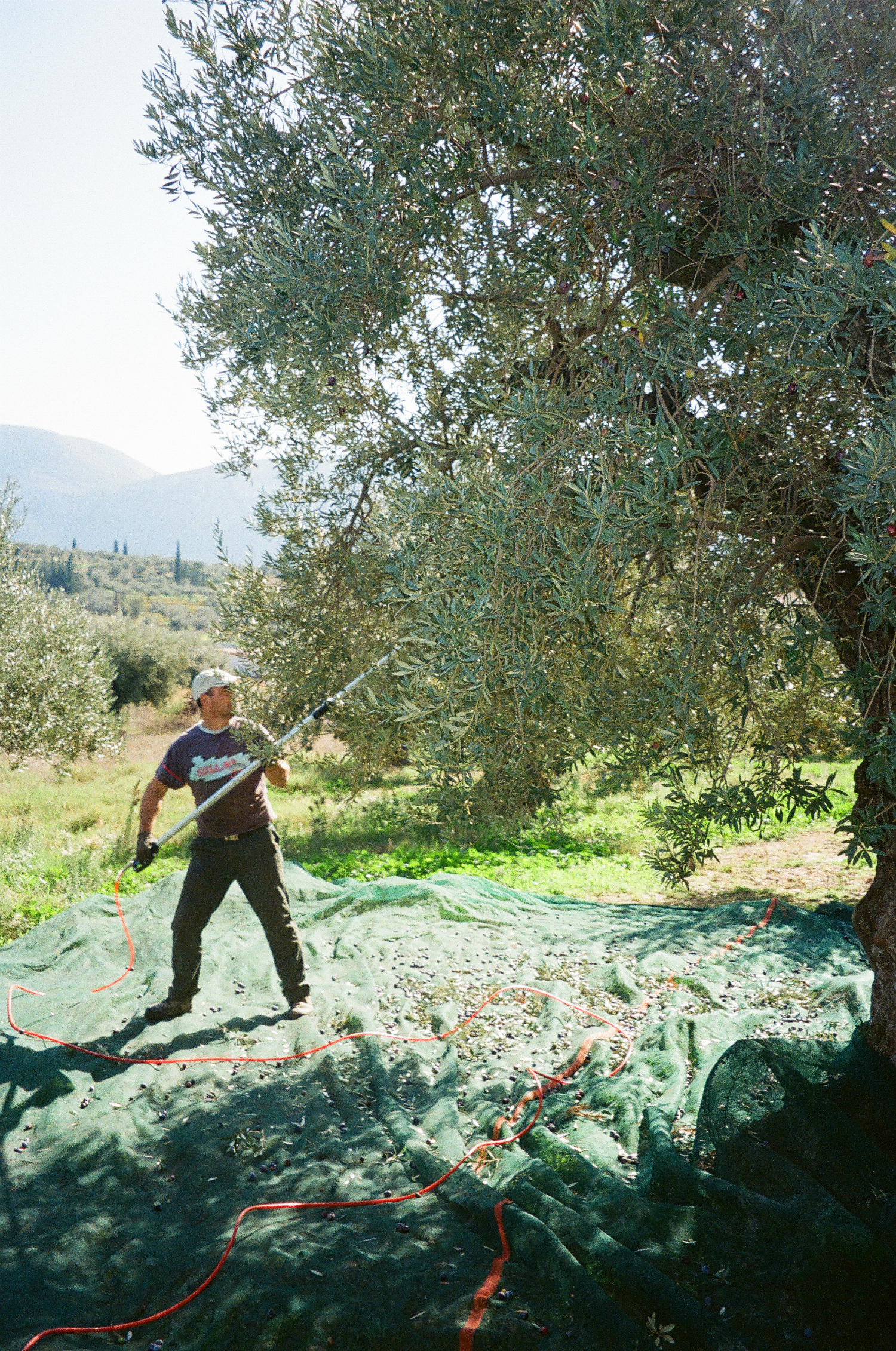
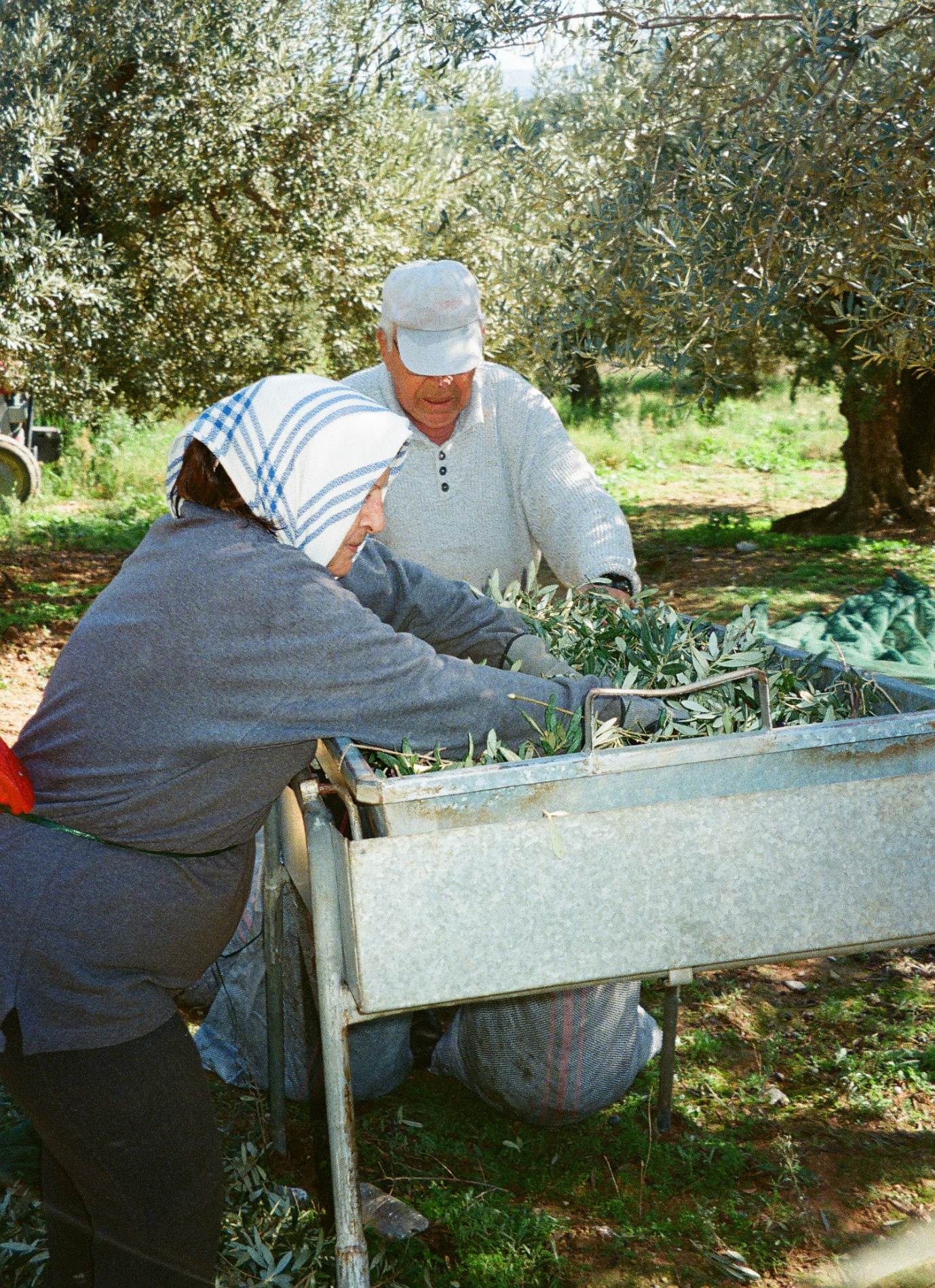

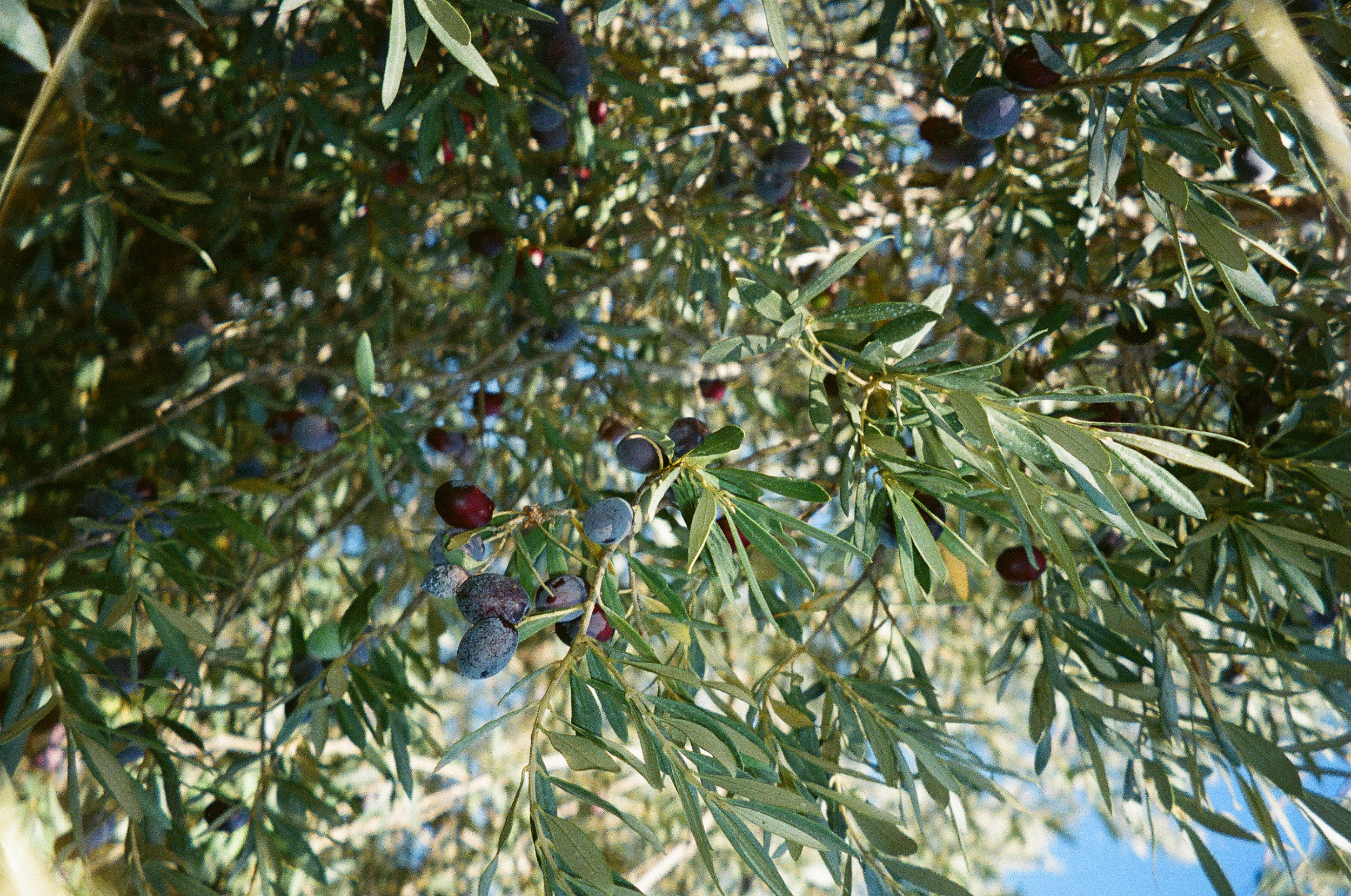
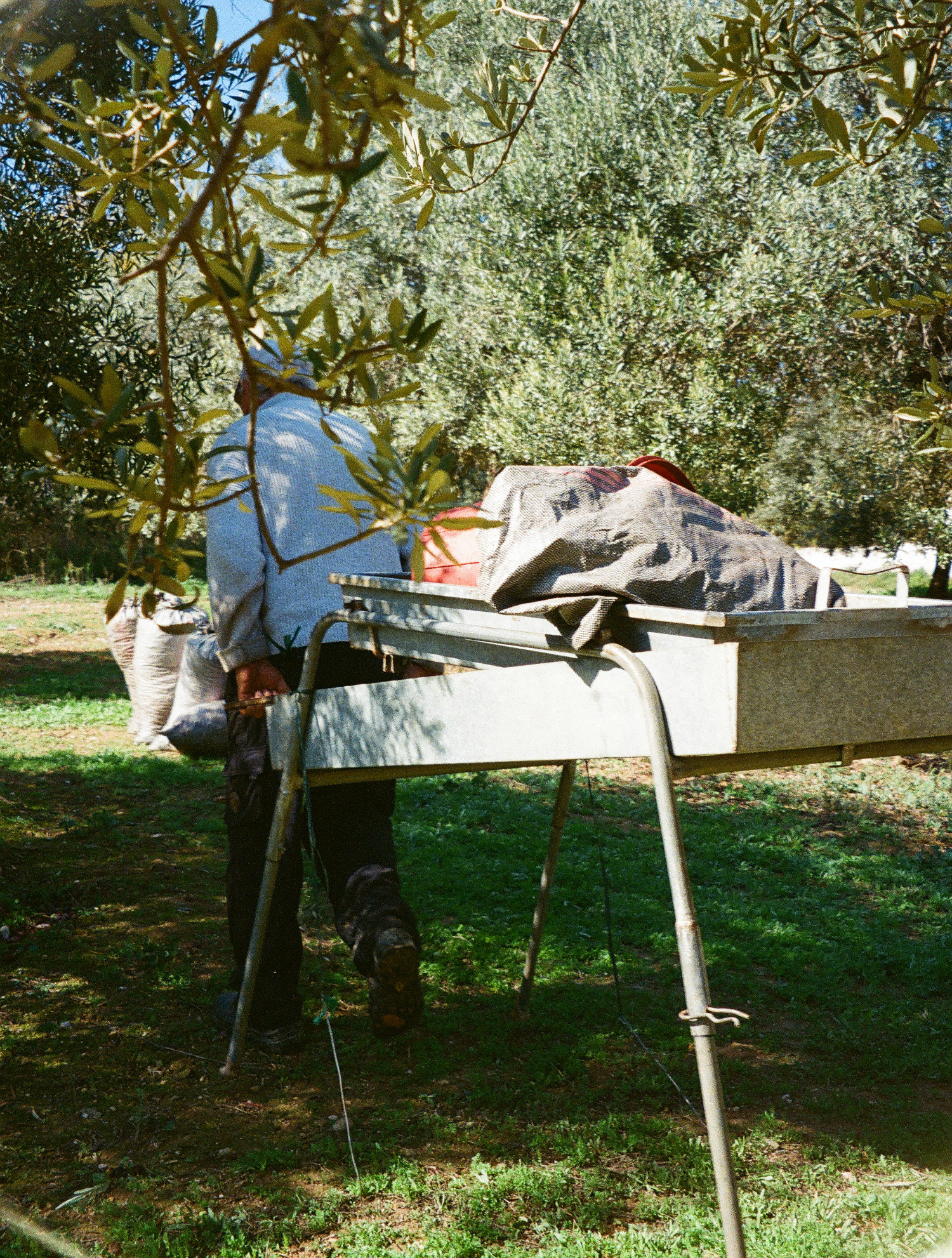
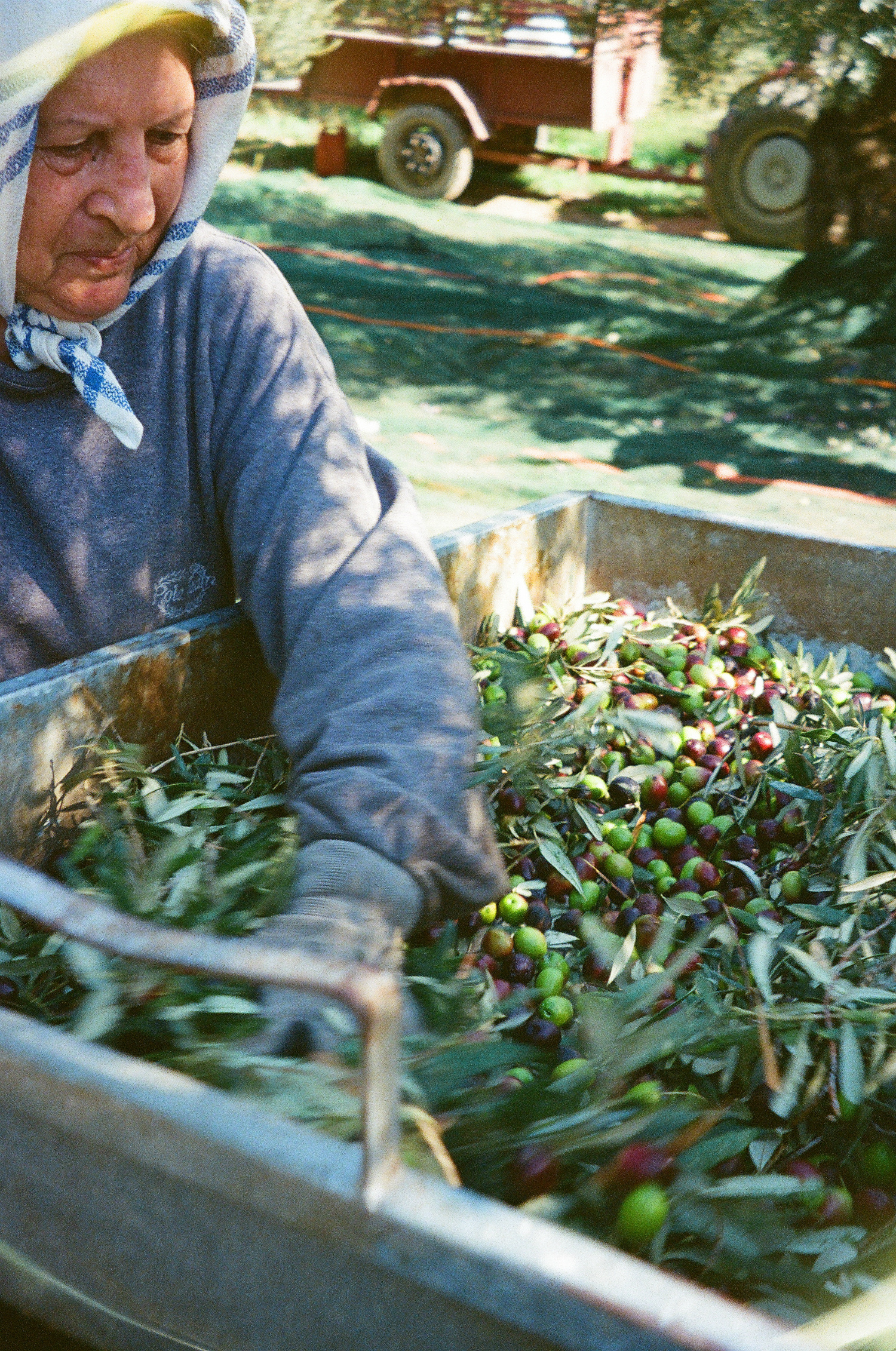

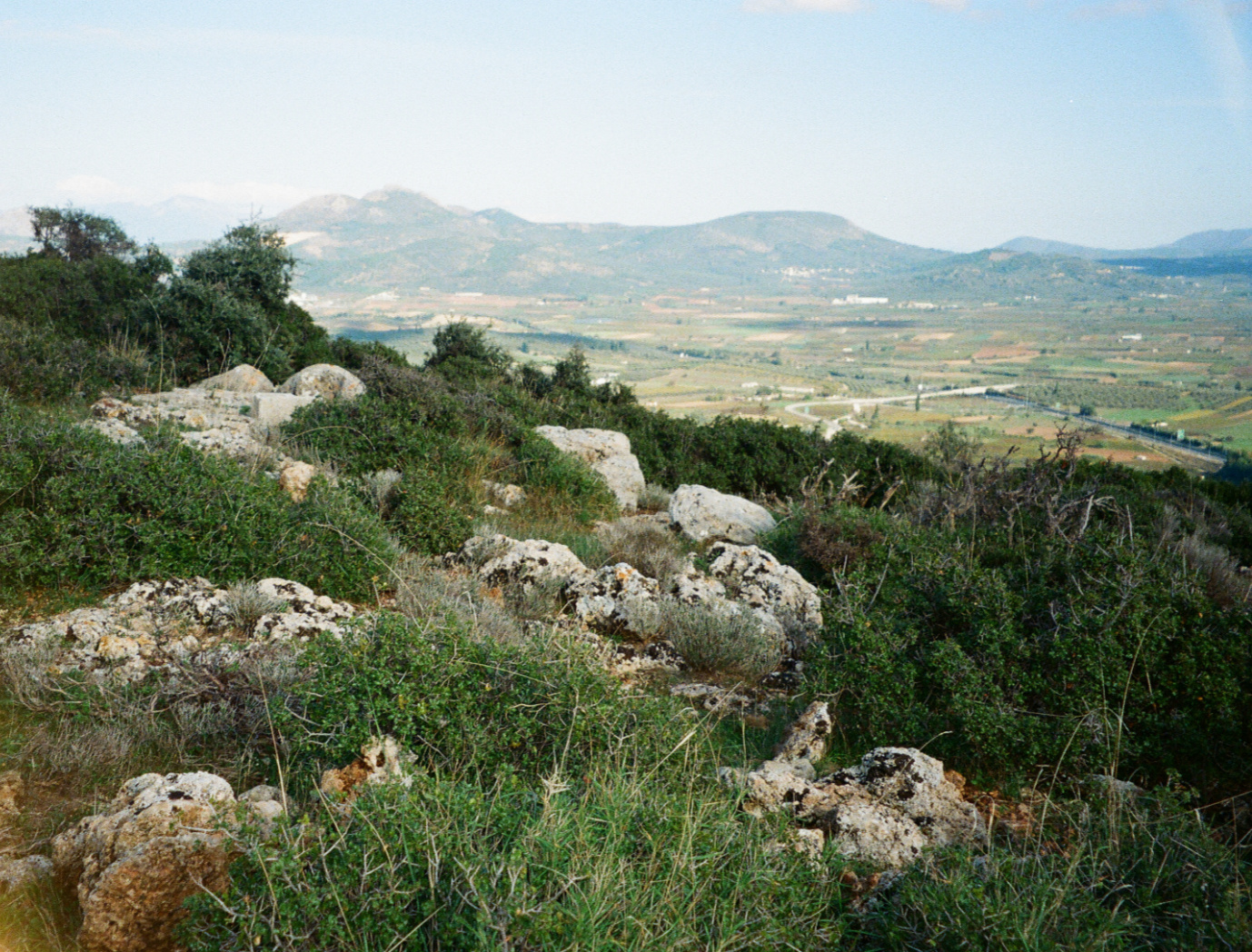
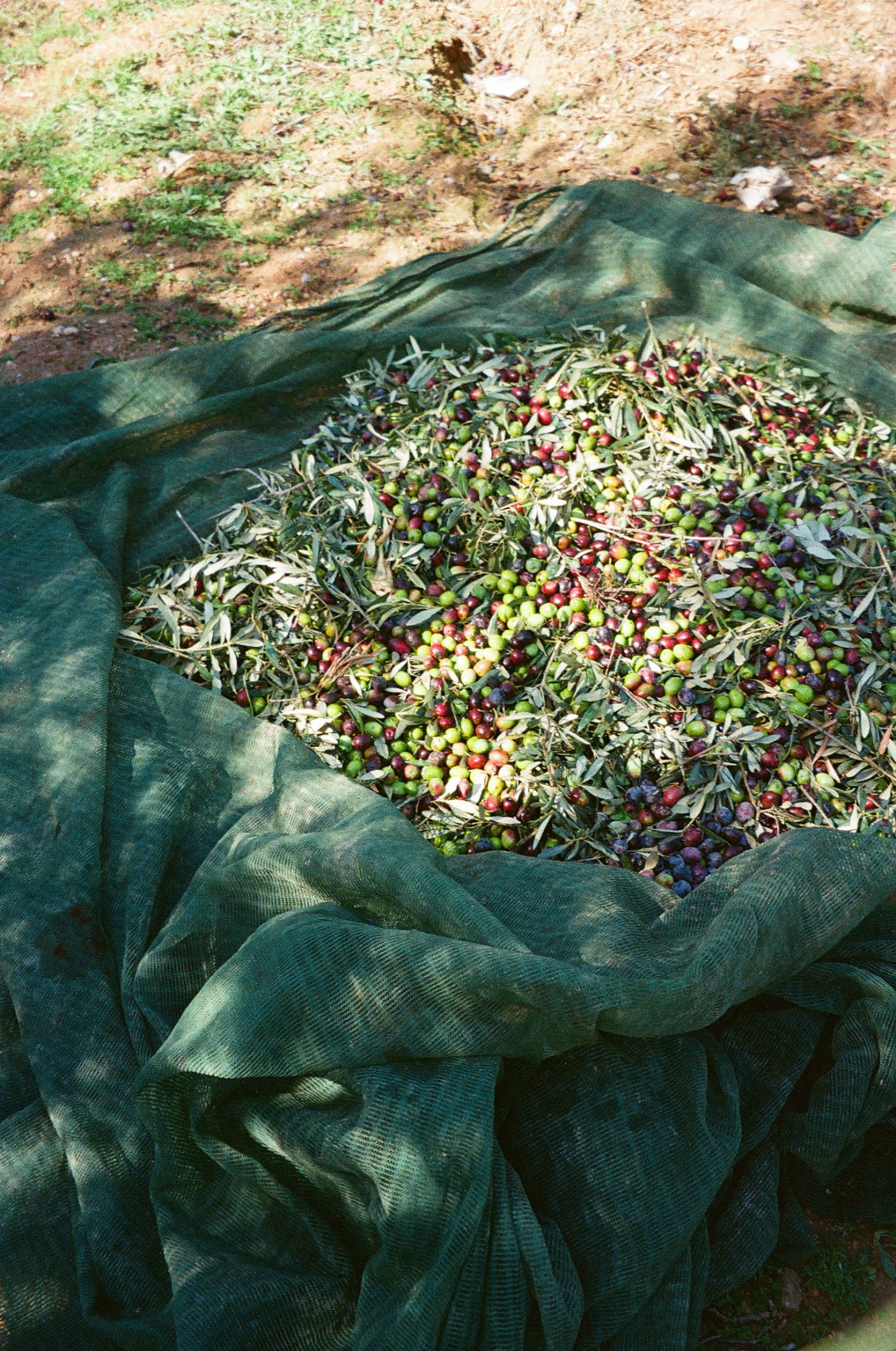
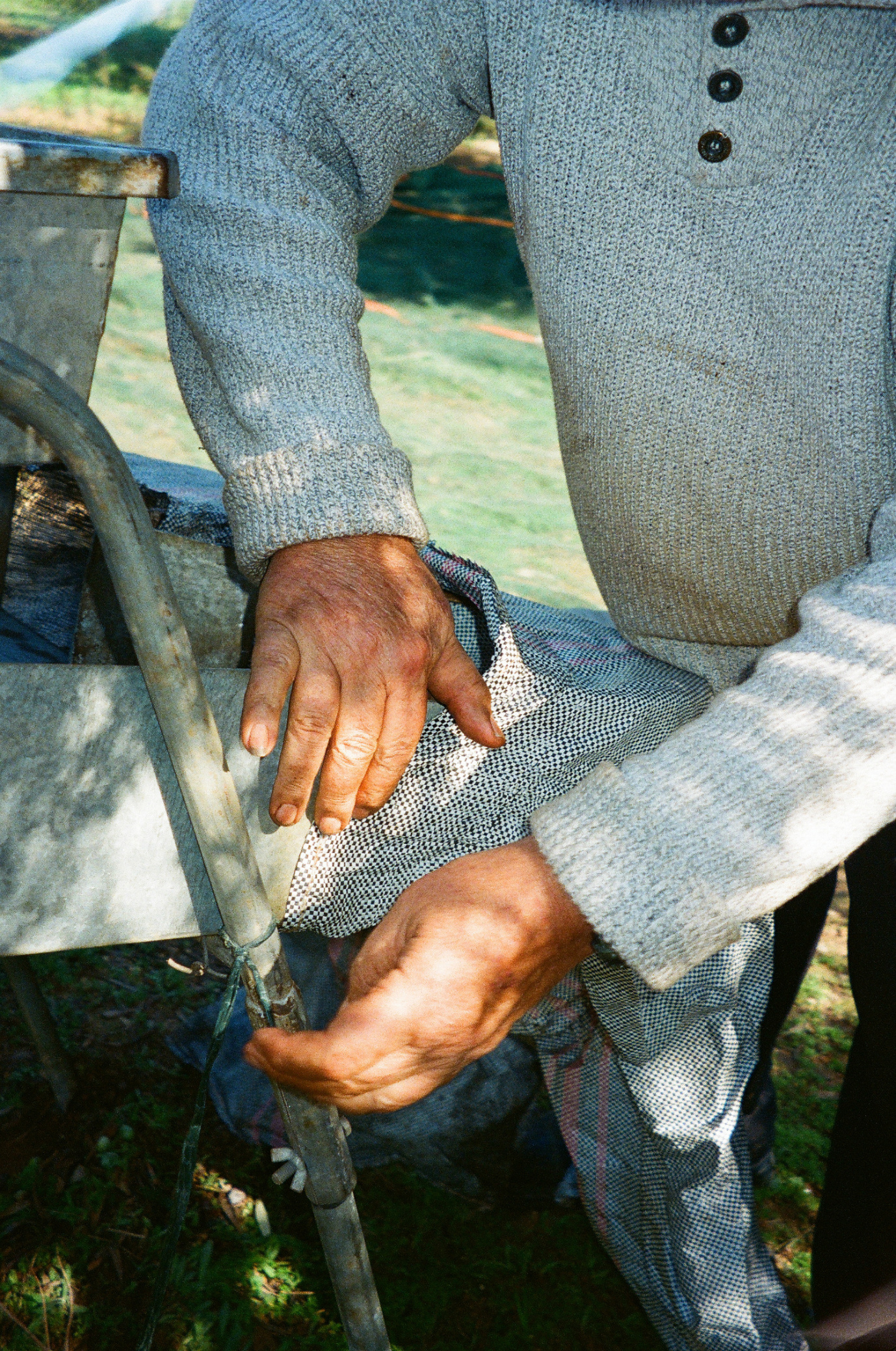
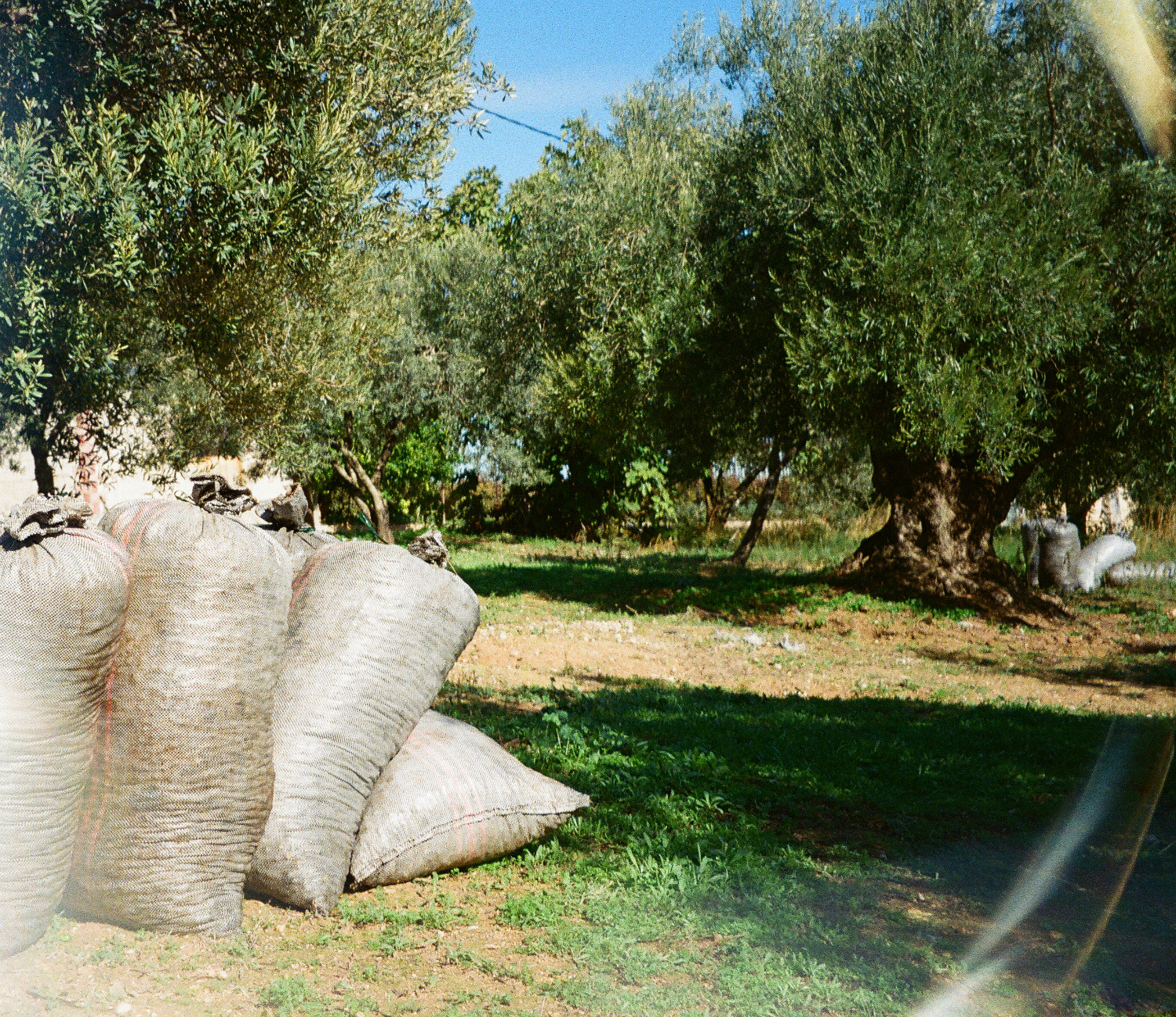
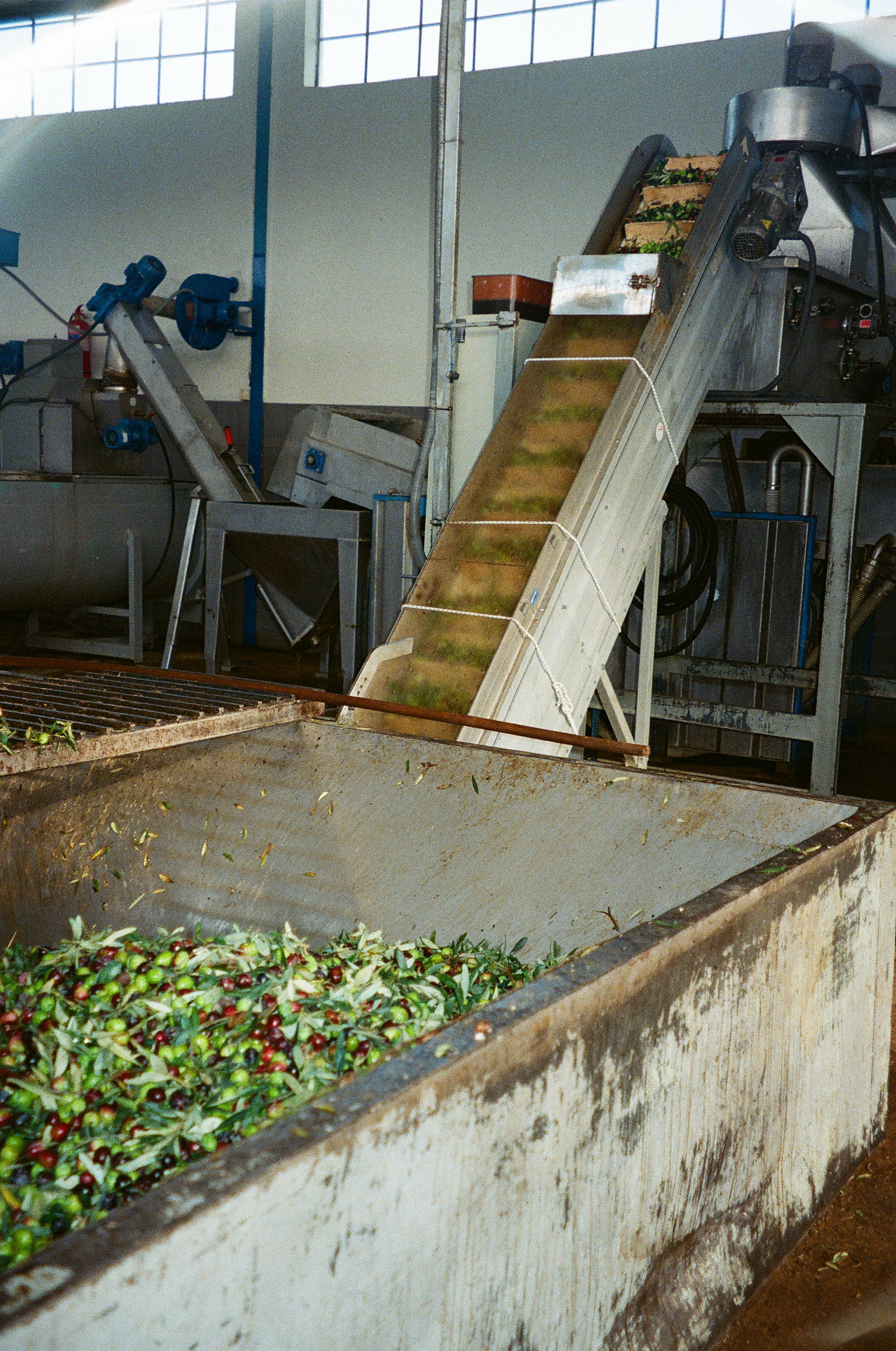

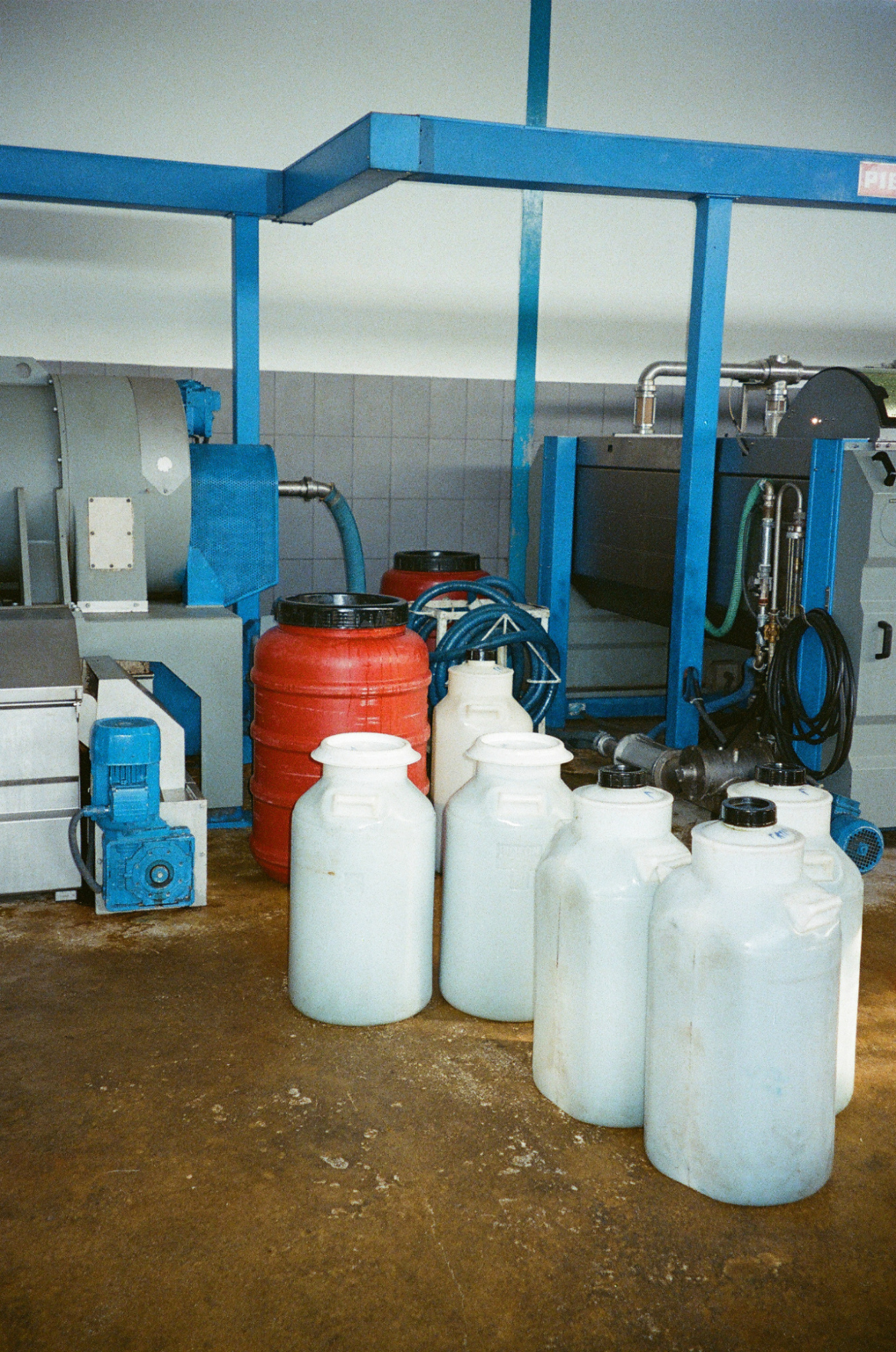
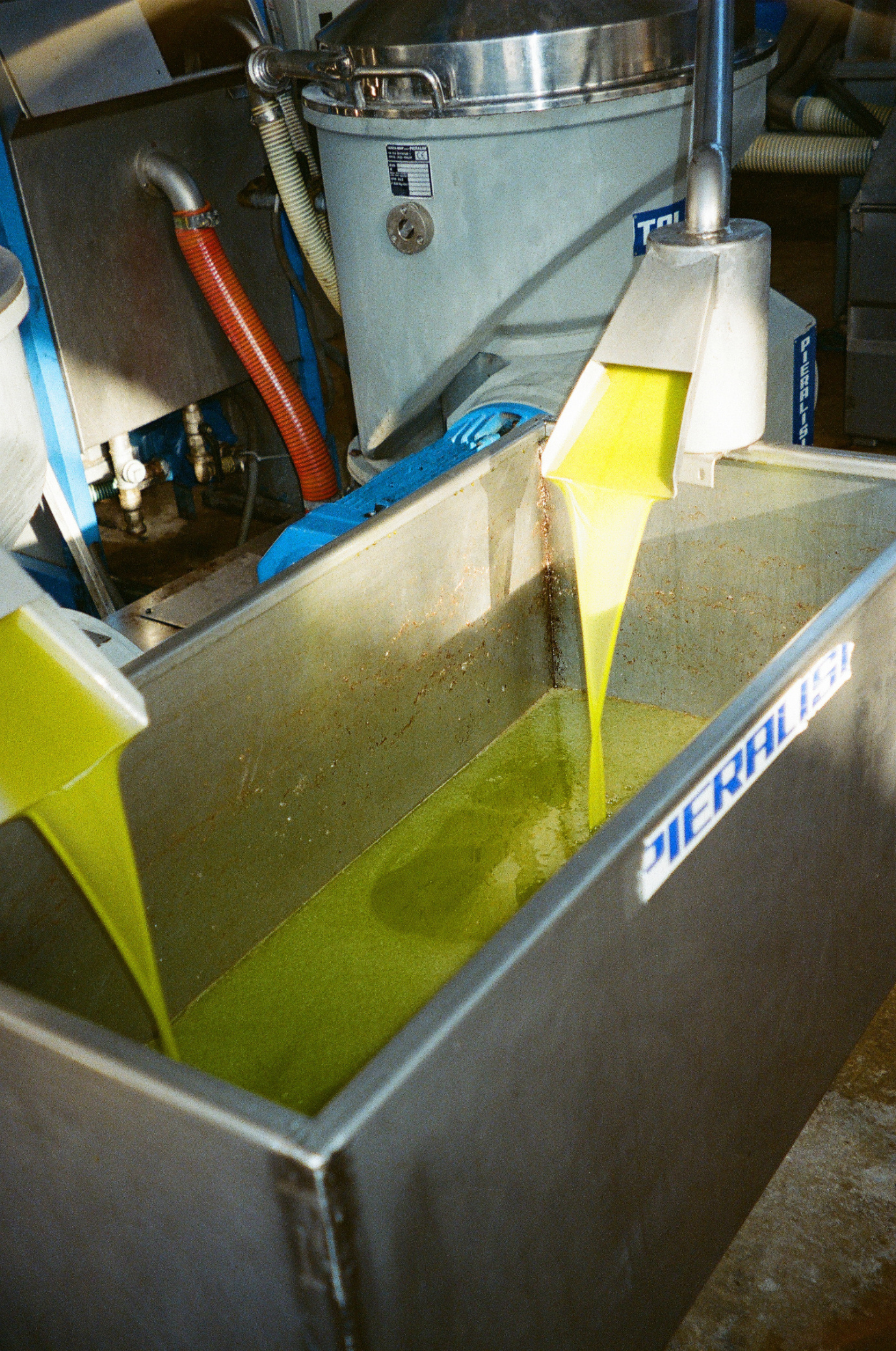
AGROTOURISM (noun)
tourism in which tourists take part in farm or village activities, as animal and crop care, cooking and cleaning, handicrafts, and entertainments.
A visual journal of harvesting Greek olive oil in the Peloponnese. In a small village in Arxaies Kleones, where my father was born. A town that once was an Ancient Kingdom to the Ancient Greeks. A village of far more olive trees than the 800 residents that currently reside. Agrotourism is not a new concept, but one that has gained more attention in recent years. The notion of slow-living and returning to the land is incredibly needed, especially in today’s fast paced society. Not to mention, how this helps rural areas thrive while educating those visiting.
Let’s not kid ourselves, I was raised in the north shore suburbs of Chicago. Raised nonetheless, by my immigrant grandparents who had a deep-rooted culture in using what the land gave them. Resourceful and hardworking. Every summer, my grandmother and I would go blueberry picking to ensure there was enough sweet bounty in the freezer to hold us over through winter. I’ve spent summers on these very olive groves and have always been intrigued by our symbiotic relationship with the land. Here’s not to say I would trade in the city for country life, but I’ve flirted with the notion at least a dozen times.
EXTRA VIRGIN OLIVE OIL HARVEST
Waking up at the break of dawn in the Winter sun to harvest olives from the olive trees and experience the aroma and taste of liquid gold on your lips by the afternoon is nothing short of a humbling experience. One of surrender to Mother Earth. Satiating in every way. However, don’t be fooled, the harvesting process is one of hard labor that requires patience and respect. I have battle wounds to prove it. Olives are harvested in November/December shortly after the grape harvest in September. Many of the olive trees are several hundreds of years old and are a protected designation or P.O.D.
κυρία Ασπασία Ψαχογιαννάκη was taken aback when she was approached, by an American girl, asking if I could help with this year’s harvest. In order to understand something, you must be willing to get your hands dirty, both figuratively and literally. After a few nicks and scratches, κυρία Ασπασία was kind enough to lend me her pair of gloves.
The two most common olive variety in our village, that are responsible for expelling liquid gold, are Ladola and Manaki. This olive variety tends to be smaller in size, oftentimes violet or black in color and with an intense flavor and aroma. Koroneiki olives are also common in this part of Greece as well as the Kalamata olive; commonly used for olive oil production in Greece.
The photos, shot on film, walk you through the process from picking the olives with a comb-like tool to sifting and separating the fruit from their leaves. Then to bagging and taking them to the press where they undergo another five-step process of cleaning, grinding and eventually olive oil production of extracting the virgin oil.
EXTRA VIRGIN OLIVE OIL AROMA AND TASTE
When deciding on the right variety of olive oil for you, make sure to take into account the aroma and flavor as well as the acidity levels. A good rule of thumb is low acidity is typically better. Extra virgin, cold-pressed olive oil should have acidity levels between 0.8% and 2% which ensures premium quality. I always buy Greek olive oil to use in my Greek recipes. There’s really nothing like it. An affirmation as to why the Mediterranean diet, and Greek food in particular, still remains one of the healthiest today.
OLIVE OIL FROM GREECE
Olive oil from Greece is of premium quality, EVOO or extra virgin oil, but is unfortunately massively exported. Usually packaged and labeled under the Italian olive oil production. According to the National Bank of Greece, only 27% of Greek extra virgin olive oil is actually kept and labeled under Greece. While I am very new to this industry, I can’t help but be alarmed by the cavalier approach we’ve taken, to the premium quality and types of olive oil at our fingertips. So much in fact, that I’ve signed up for an olive oil tasting certification with hopes to better understand the agricultural assets of olive oil from Greece and its significance in the Mediterranean diet.
I’m so grateful to be able to experience and learn about the tourism industry, especially agrotourism, first hand. More so to be able to share the journey, both visually and informatively with you all here, on NoMad Luxuries. I hope you enjoyed these photos as much as I did taking them. I also printed off a few of my favorites for κυρία Ασπασία and her husband, as a memento.
*A special thank you to κυρία Ασπασία Ψαχογιαννάκη and her husband for letting me get my hands dirty with their olive trees. Thank you to the Βουρβόπουλος family for treating me to the freshest extra virgin olive oil, moments after olive oil production.
LOOKING FOR OTHER POSTS ON GREECE? HERE ARE A FEW OF MY ALL-TIME FAVORITES INCLUDING A GREAT GREEK RECIPE:
- Winter Citrus Salad with Unexpected Flavors
- Travel Guide to Serifos, Greece
- Travel Guide to Charming and Delicious Sifnos, Greece
- An Authentic Guide to the Island of Milos
- A Guide to the Best Beaches in Milos
Let’s keep in touch! Bloglovin / Instagram / Twitter / Facebook / Pinterest


This is so interesting! As none of my ancestors were born in a village, such things seem so exotic and intriguing to me. I’m always interested of learning more about this way of life that is close to nature and the earth. Thank you for sharing your experience with us!
Author
Even though I was always a generation removed from the agricultural connection in my family it always intrigued me – likely because it was so different than my everyday life in the states. But it always intrigued me – I was always so curious about it growing up. When I visited family in Serbia or Greece when I was younger I loved being on the farm playing with the animals. It’s a needed reminder, especially with the current situation going on, how important that connection is. Glad you enjoyed the photos. Hope you’re staying safe and healthy! x